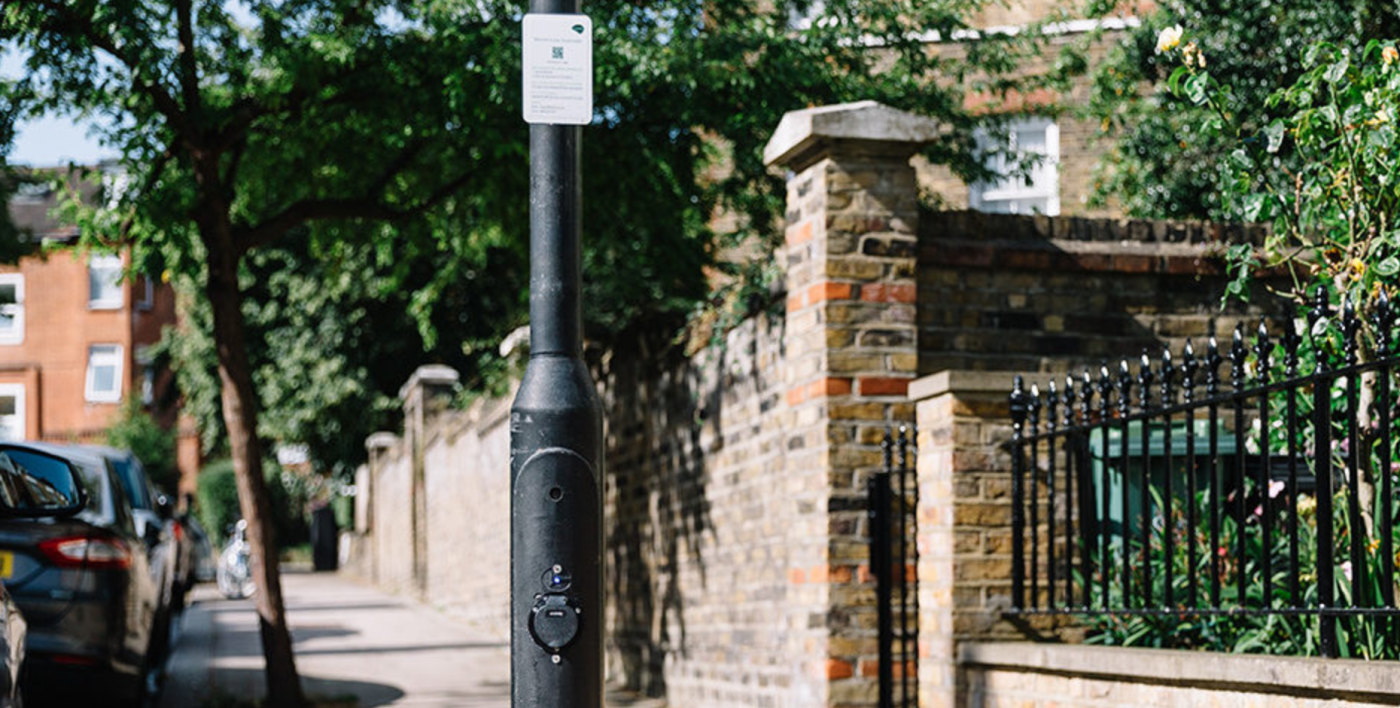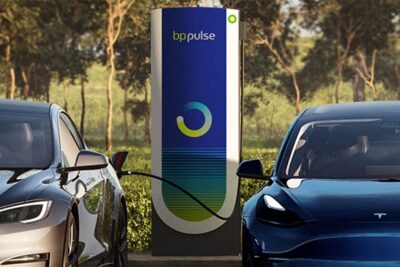Ireland announces three-year charging infrastructure plan
Ireland’s Minister for Transport, Eamon Ryan, has launched the new Electric Vehicles Charging Infrastructure Strategy 2022 – 2025, which will invest €100 million on public charging infrastructure construction over the next three years.
According to the organizers, the strategy presents a pathway and practical steps for delivery of a national EV charging network which aims to provide a pool of high-powered chargers every 60 km on Ireland’s motorway network as well as home/apartment charging, residential neighbourhood charging (including new mobility hubs), destination charging and en-route charging.
“The EV Strategy sets out a roadmap for creating an entirely new infrastructure across the country – one that people can have confidence in and one that will encourage more and more people to choose EVs,” said Eamon Ryan at the launch, adding: “It’s happening already – EV sales are sky-rocketing – but the new infrastructure we are planning should take away concern or worry that people might have about access to charging points.”
Ryan explains that the decisions will not be centralized and that they are attempting to improve local conditions as much as possible via the use of local authorities: “In all of this, our Local Authorities will play a vital role. The key anchor for this Strategy is the specialist ZEVI unit. Within this unit, we have the expertise, the knowledge, the guidance, the resources that Local Authorities will need to be able to make the best decisions on the procurement, leasing and location of EV chargers,” he said.
Currently, the organizers state that about 80 per cent of charging for EVs is done at home in Ireland, meaning that the strategy will focus on public charging points, although it will continue to support home charging options in future as one of the four main pillars of the strategy: home/apartment charging, residential neighborhood charging, destination charging and motorway/en-route charging.
Last year, Ireland announced the plan, but had left it open for public consultation for some time. The plan had also been envisioned to guide charging infrastructure investment until 2025 at the time, although the local consultation is a new aspect.





0 Comments